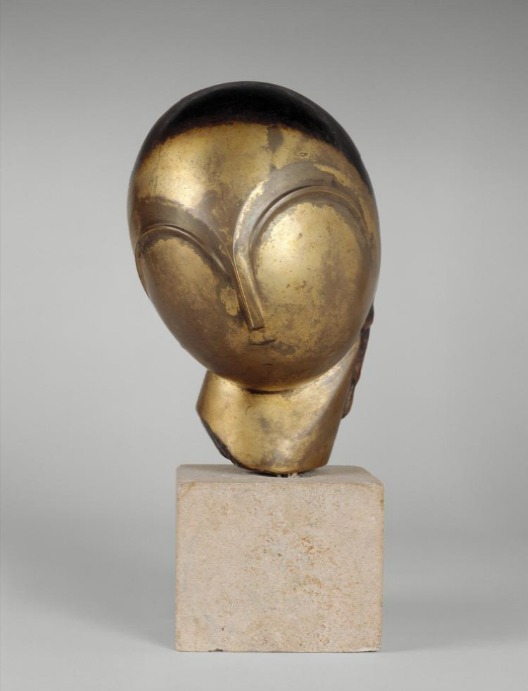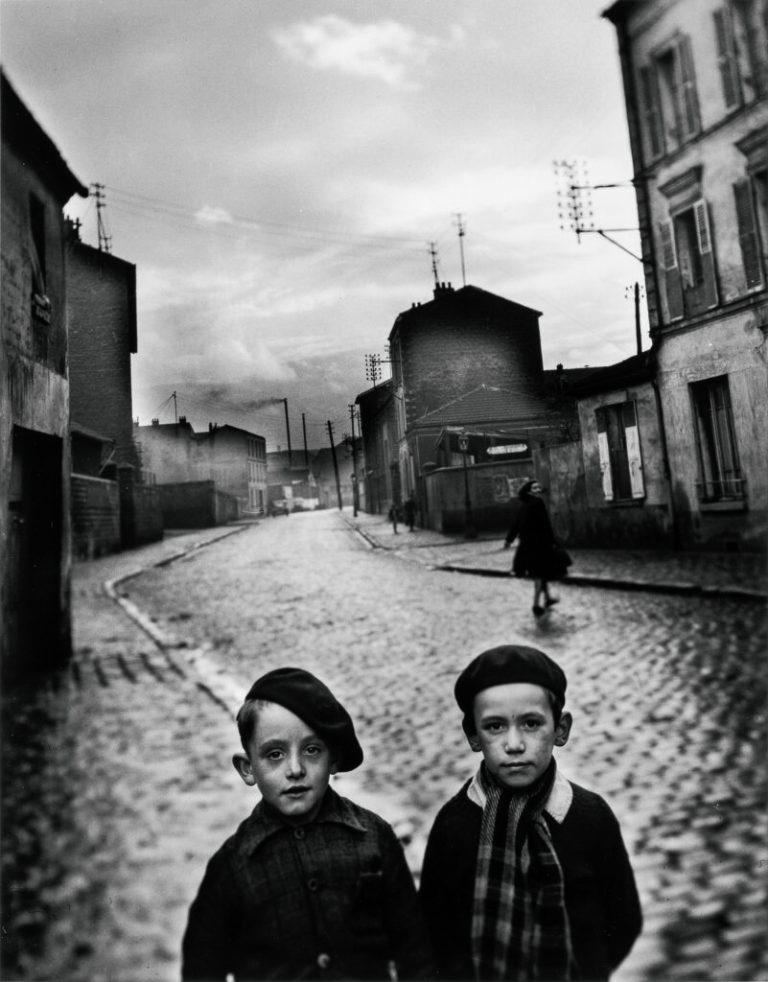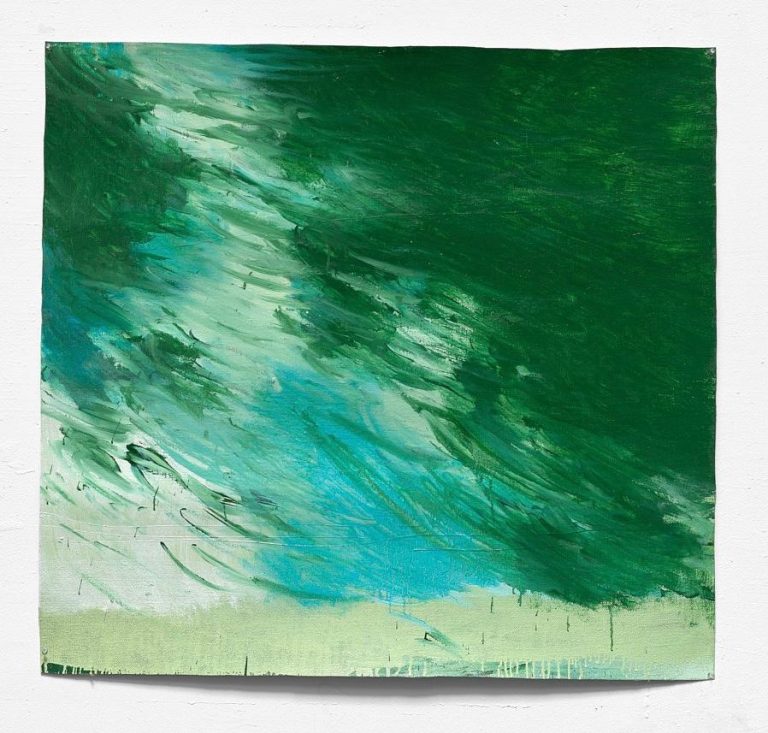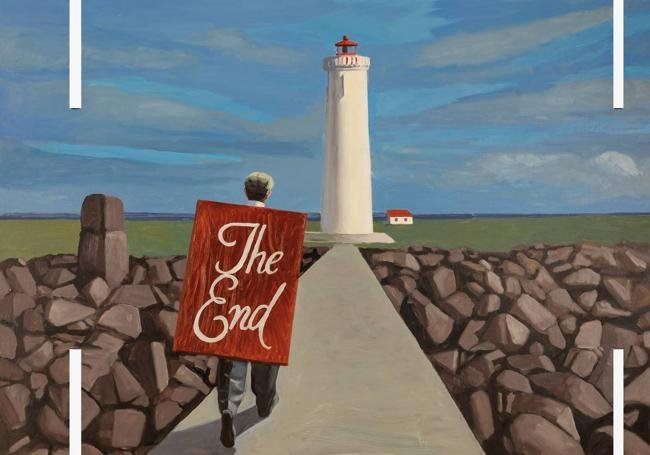Barcelona,
Almost a quarter of a century after the March Foundation provided Miquel Barceló with a first monograph dedicated to his ceramics, on that occasion focused on those he had made in the second half of the nineties, the Fundació Catalunya La Pedrera now reviews the set of his production in that discipline in the exhibition “BARCELÓ. CERAMICS: We are all Greeks”, which is curated by Enrique Juncosa, one of the greatest experts in the Mallorcan's career.
He was first a painter, sculptor and draftsman, but the one from Felanitx began working with clay in 1994, during a stay in Mali and as a result of a chance circumstance that forced him to put his brushes aside: a strong wind prevented him from painting and drawing. because he covered everything he did with dust. Despite those random and experimental beginnings, this technique would end up having a fundamental weight in all of his creations, from which we cannot dissociate the clays from him; He does not consider Barceló that his ceramics, drawings or paintings constitute watertight compartments, but rather experimental parts and variations of a whole: he has declared that each work is a rehearsal for another, which will probably never existand that is as valid for his painting as it is for his craftsmanship or for anything that comes out of his hand.
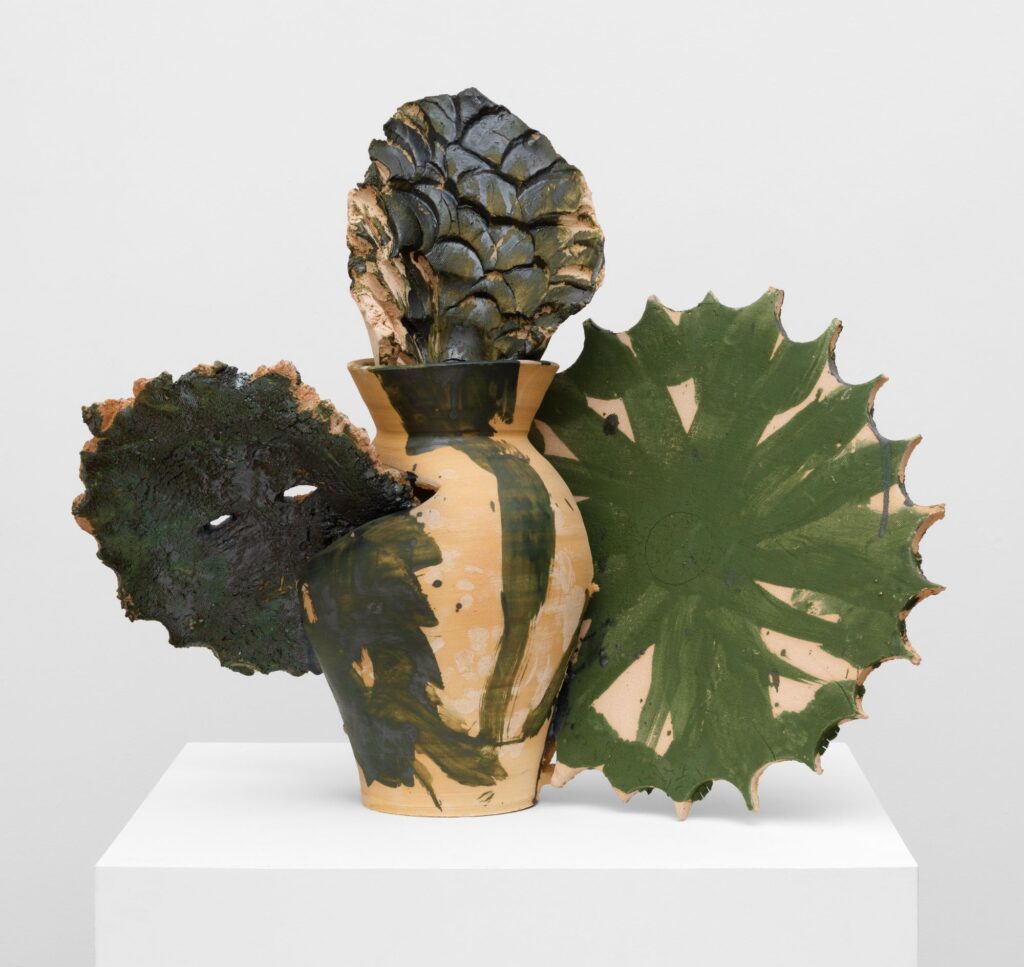
Organized chronologically, this exhibition, which can be visited until June, has a hundred pieces dated from 1994 to the present and, underscoring the obvious links between disciplines throughout his career, is completed with paintings, notebooks and a sculpture bronze exhibited in the courtyard of Passeig de Gràcia in La Pedrera.
Both his beginnings in clay modeling and the set of works gathered here attest to the extent to which the transitory and mobile, the mutant, have been present in Barceló's career, subjecting his work to constant metamorphoses: he is very interested in effects of the passage of time on materials, and also considers that neither its own production nor art itself evolves immersed in endless progress, but rather in a process of cyclical reinvention in which we cannot speak of advances as much as of ties. between the pieces. The most recent of his also connect with his personal experiences and readings and with his sociological concerns or those linked to ecology.
The search has been, throughout these thirty years, the driving force of his creations: that of new supports, that of relationships between historical periods and between techniques, that of possibilities in the use of color or that of the evocative capacity of the incorporation of references to artistic tradition, mythology, bullfighting, and of course, to Mediterranean culture and the primitive world, in which he, like the authors of the avant-garde, detects sources for modernity. As in preclassical sculptures found in the Mediterranean environment, in many of his ceramics we will find rough features that paradoxically suggest sophistication: they offer fragmented shapes, perhaps wounds, and figurative elements that refer to the plants and aquatic beings common in his pictorial compositions, although sometimes They also contain anthropomorphic characters.

Clay is surely the most suitable material for collecting defects and imperfections, one of which allows greater ease and skill in its procedures, hence the allusions to natural elements (light, dust, the sea, caves or fauna) are combined here with influences that are also recurring in his production, such as those of Dubuffet, Miró or abstract expressionists such as Pollock or De Kooning. In any case, these are proposals that present a treatment of matter halfway between richness and purification and that demonstrate Barceló's love for the organic and the temporal, for the constant change in nature, decomposition and death.
First in Mali, and later in Mallorca, the artist took care of converting clay and stoneware into objects whose plasticity allowed the manipulation of shapes and the addition of organic materials, metallic objects and pigments. It will be possible that we contemplate as an offering the set of animal heads, skull totems, vessels that refer to underwater archaeology, plates of fish, fruits and vegetables that have ended up in La Pedrera.
The exhibition, as is usual in those of this Foundation, is completed with a program of parallel activities organized in collaboration with the Gran Teatre del Liceu, the Palau de la Música, the Fundació Joan Miró, the National Library of Catalonia, the Fundació Toni Catany and the ESMUC.
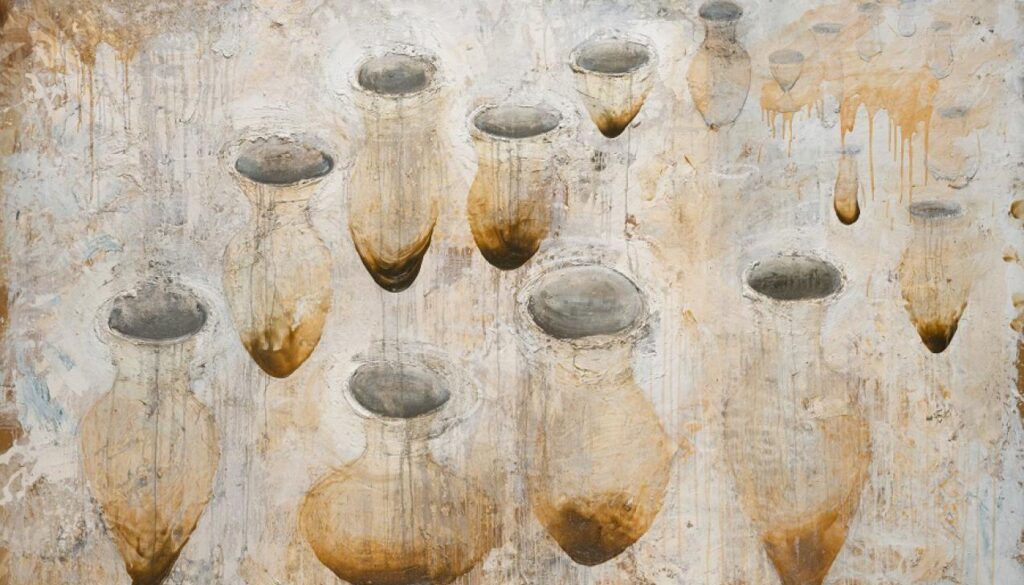
EXPANDED EXHIBITION PROGRAM
April 23, 2024
National Library of Catalonia. Exhibition of books by Miquel Barceló coinciding with Sant Jordi's day and the open doors held by the Library.
April 24, 2024
Premiere of a documentary about Miquel Barceló and dialogue between Barceló and Vicenç Altaió, in La Pedrera.
May 5, 2024
Working day Miquel Barceló in La Pedrerawith the collaboration of the ESMUC.
May 26, 2024
Dialogue visit of the exhibition and the Fundació Miró by Ricard Bru.
June 12, 2024
Concert by Pascal Comelade, at the Palau de la Música.
June 13, 2024
Conversation between Miquel Barceló and Albert Serra, in La Pedrera.
From March 22 to October 27, 2024
Exhibition “Toni Catany: portraits and ceramics of Miquel Barceló”. Toni Catany International Photography Center – Llucmajor.
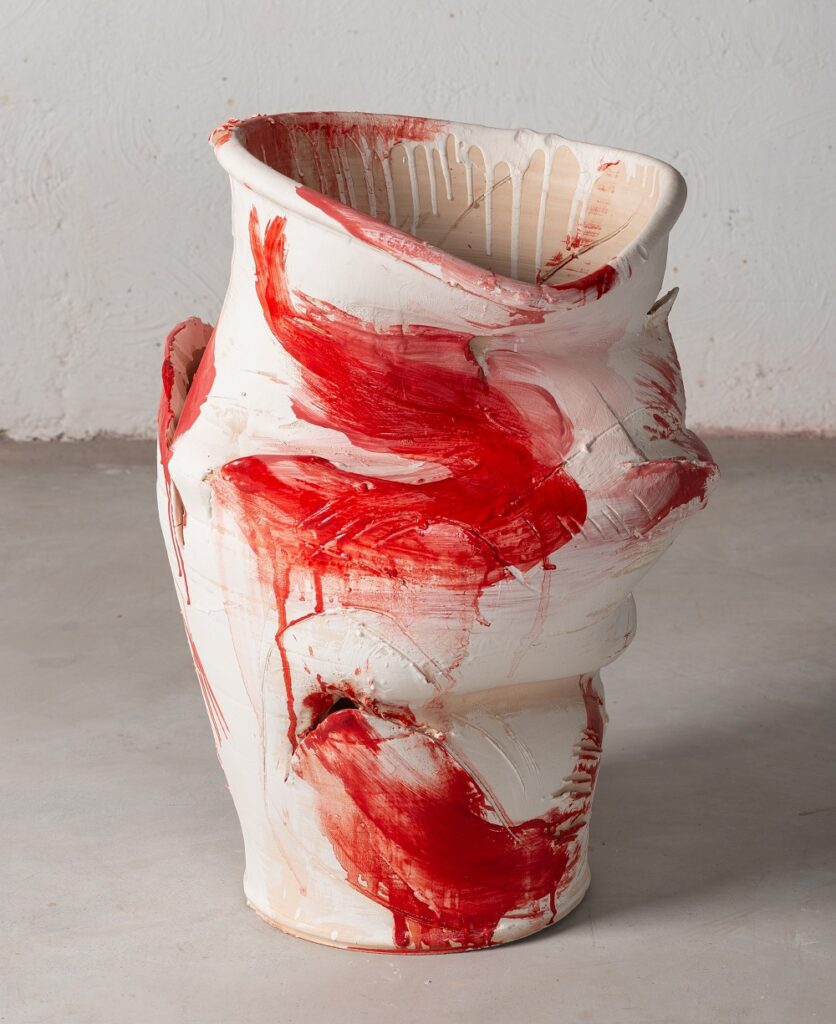
“Barceló. Ceramics. “We are all Greeks”
CATALUNYA LA PEDRERA FOUNDATION
Paseo de Gracia, 92
Barcelona
From March 8 to June 30, 2024


